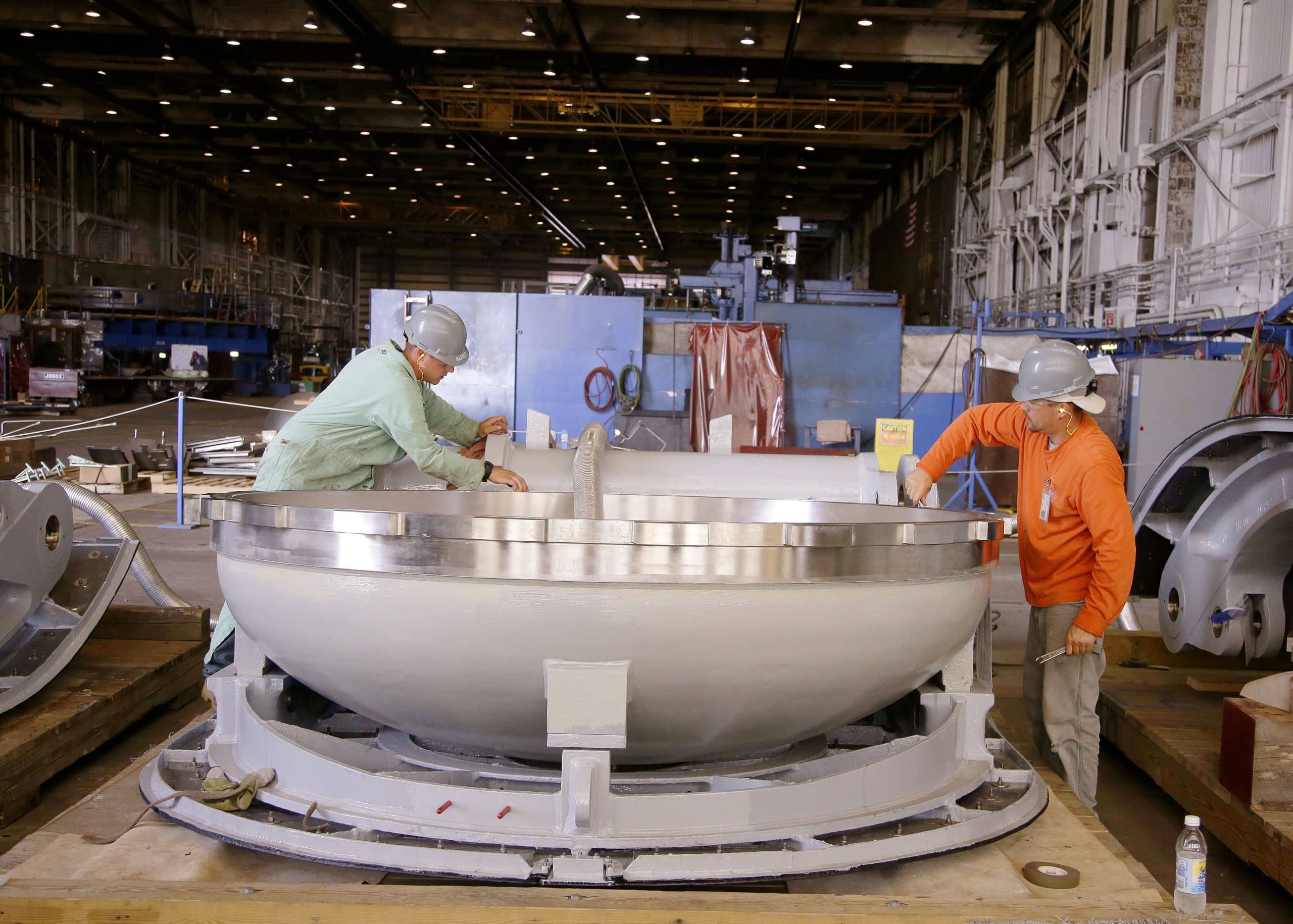Courtney addresses budget ‘shortfall’ on Virginia-class submarines
Urgent Funding Boost for Virginia-Class Submarines

The Virginia-class submarine program is set to maintain its production rate of two submarines per year, despite concerns over funding gaps in the White House’s budget request. U.S. Representative Joe Courtney, along with other lawmakers, is advocating for additional funding as Congress deliberates on the annual defense policy bill. This funding is crucial for Groton-based Electric Boat and other contractors to manage rising material costs and production backlogs while meeting the Navy’s long-term objectives and commitments to Australia.
Congressional Action on Defense Funding
In a bid to secure funding for two nuclear-powered submarines in fiscal year 2026, Rep. Joe Courtney proposed an amendment for an additional $1 billion, which has been incorporated into the House version of the National Defense Authorization Act (NDAA). This amendment was passed by the House Armed Services Committee in mid-July and is currently progressing through Congress. Courtney emphasized the urgency of maintaining production momentum, stating, “We worked with the Navy to scrub and squeeze funds to pay for that billion dollars.”
The funding strategy for the Virginia-class program involves a two-pronged approach: one submarine will be financed through the standard budget process, while the other will be covered by the budget reconciliation process, which was utilized for President Trump’s tax bill. This bill, signed into law in early July, allocated $4.6 billion for the second submarine, initially earmarked for fiscal year 2027. As Congress shifts focus to the NDAA and regular appropriations, lawmakers are working to clarify the funding for the additional submarine.
The White House’s fiscal year 2026 budget request includes approximately $816 million for standard procurement, alongside several billion for advanced procurement of materials for future submarines. To address perceived inadequacies in funding for the two submarines, the House committee combined the $816 million with Courtney’s proposed $1 billion amendment for standard procurement.
Concerns have been raised by lawmakers from both parties regarding the Trump administration’s funding approach for the nuclear-powered submarines, particularly its reliance on the special budgetary process. Senate Armed Services Committee Chairman Roger Wicker criticized this method, stating it “falls far short to protect our country.” The Navy’s shipbuilding budget request for FY26 stands at $20.8 billion, significantly lower than the nearly $37 billion requested the previous year under the Biden administration.
Challenges in Submarine Production and Costs
Navy officials have expressed their commitment to revitalizing the shipbuilding industry to meet the Navy’s needs. U.S. Navy Secretary John Phelan highlighted the importance of rebuilding the maritime industrial base, stating, “For too long, we’ve allowed our shipbuilding industry to erode.” He emphasized that restoring capacity is not only an economic issue but a national security imperative.
Rep. Courtney has also voiced concerns about the fragmented budget process affecting the Virginia-class program. He noted that the director of the White House’s Office of Management and Budget will have discretion over the funding covered in the reconciliation bill, which has added to the confusion surrounding the normal budget process. Despite these challenges, Courtney remains optimistic about the security of the Virginia-class program, asserting that there was never a question about funding two submarines for FY26.
Navy awards two-ship Virginia-class submarine contract modification
The rising costs of submarine construction are attributed to contracts authorized before the pandemic, coupled with increased material prices. Newer vessels, such as those featuring a payload module with additional missile tubes, are larger and more expensive. The Virginia Payload Module, for instance, exceeds 10,000 tons, compared to the approximately 7,800 tons of submarines built over the last two decades.
Additionally, concerns have been raised regarding the funding for the upcoming Columbia-class submarines, which are also underfunded. The House’s NDAA includes incremental funding for one Columbia submarine, while the reconciliation bill did not allocate any funds for this program. The Navy aims to produce two Virginia-class and one Columbia-class submarine annually, but production rates have fallen short, averaging around 1.2 boats per year since 2022. This has resulted in a backlog, although efforts are underway to increase production to meet future demands, including commitments under the AUKUS agreement with Australia.
As Congress continues to navigate the NDAA and appropriations process, lawmakers may resort to short-term funding measures to maintain government operations. While these measures will keep most federal funding at current levels, they may allow for adjustments to provide additional funding where necessary. Last December, Congress approved a short-term funding bill that included $5.7 billion in emergency funding for the submarine industrial base, which has been instrumental in addressing contract issues and boosting wages for workers in the industry.
